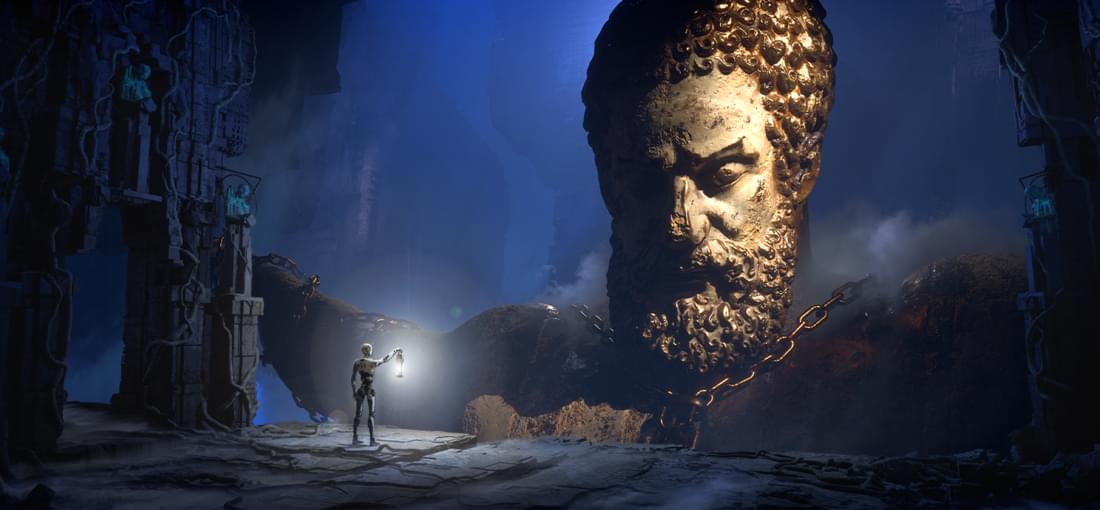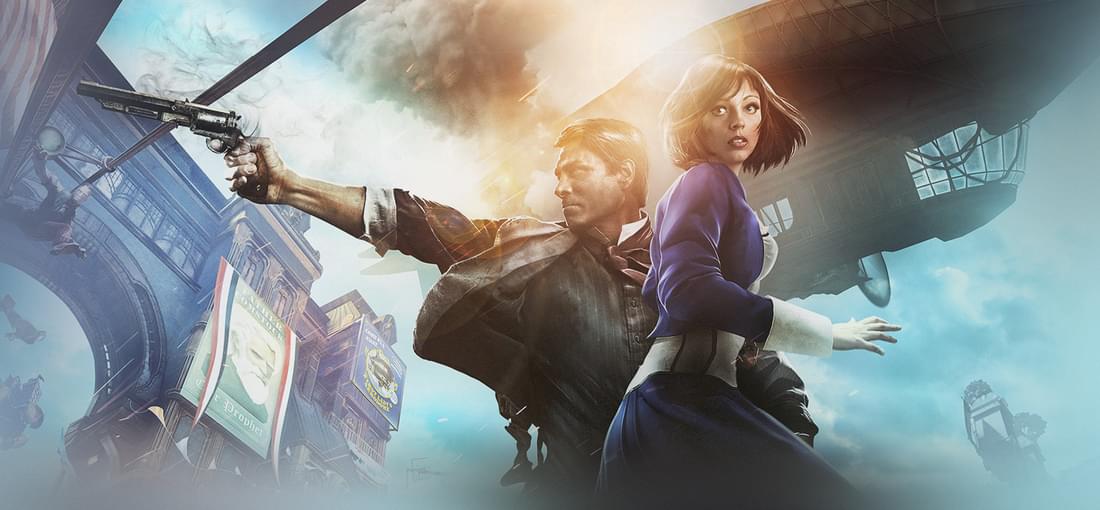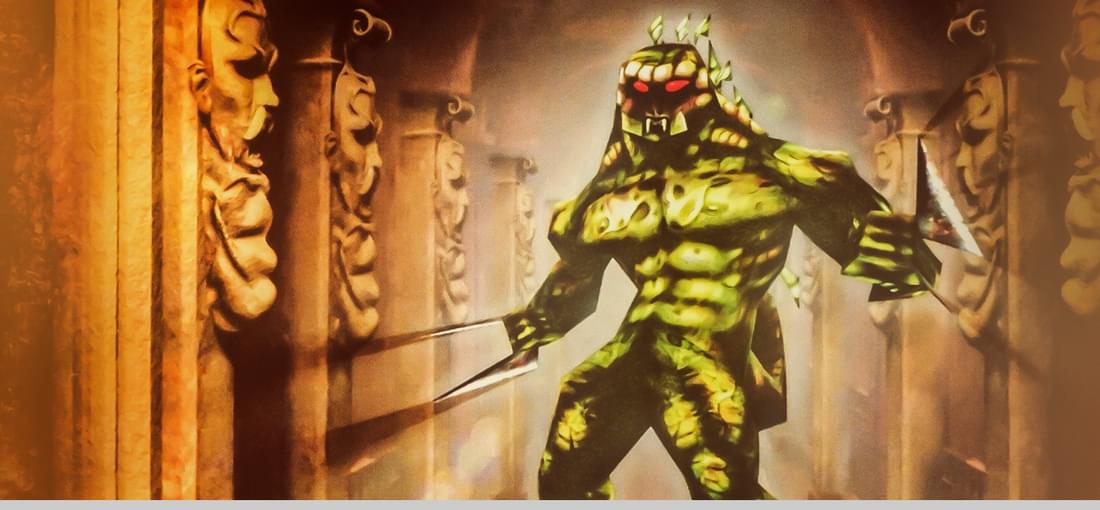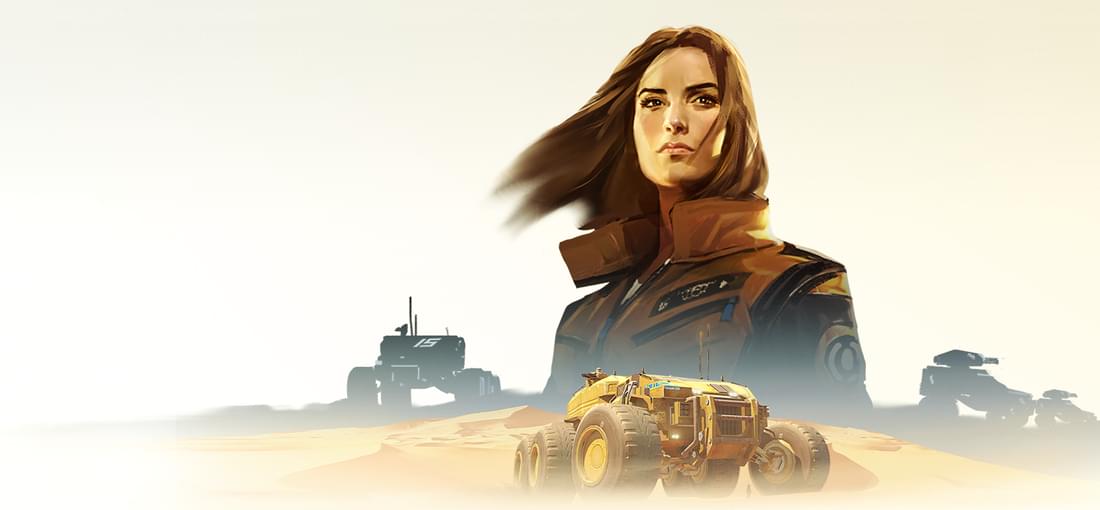


In general, Talos Principle 2 is everything Talos Principle was, except bigger. Instead of three worlds based on ancient Greece, ancient Egypt and medieval Europe, we have four main biomes based on the climate. Some areas will have you walk through snowy mountains, others will have you walking through forests or sandy deserts. The visuals are breathtaking, it's a good showcase piece for Unreal Engine 5. The nature looks great, landscapes look realistic and the brutalist style architecture is very impressive. Even minor elements like grass have a lot of detail put into it and the view distances are great allowing you to see entire islands at a time. There's much more variety here than in Talos Principle 1. Each of the 12 subworlds introduces its own mechanic. From rotating and moving platforms to hole generators, there's a lot of new items and there's interesting interactions between those. The game doesn't come with some flaws however. The difficulty level is very uneven. The game starts off easy and stays relatively easy until about 3/4 of the game when the difficulty level soars. Also, because each subworld introduces a new gameplay mechanic, first few levels on each subworld is a tutorial, which doesn't help the difficulty. The gold puzzles which unlock after beating the game provide a proper challenge however. They vary from moderately difficulty to very difficult and will be challenging even for veteran Talos Principle players. Other flaw is the world size. The worlds are large, but mostly empty, and it takes a long time to travel between puzzles. This is especially noticeable during the last few subworlds, which consist of mountain ranges and long winding linear paths. Tetris bridges are a controversial feature, personally I liked the Tetris assembly from the original game more. Overall, it's a must have for any Talos Principle 1 fan and fans of the first person puzzler genre..

note: the review applies to main game only, I haven't played any DLCs yet. The game design is seriously flawed in the later stages of the game. The game doesn't give you enough ammo. Vending machines disappear in later stages of the game. The ammo you get for your weapons is very limited. You can only carry two weapons at a time. The best way to have ammo is to pick up weapons from the dead enemies. This is fine, but it doesn't work well with the gun upgrade system. Upgraded a Hand Cannon and a Carbine? Well, tough luck, most enemies will wield Machineguns and Repeaters, so you'll be constantly out of ammo. And there's not enough money in the game to just upgrade what you want (like in Bioshock 2 you can easily have too much ADAM). I found myself dying often, just to replenish my ammo reserves. Melee attack is useless in later stages of the game, unless you got lucky with gear (gear is randomized, so you might not get the melee upgrades at all). That was on hard difficulty. Plasmids (called Vigors in this game) could help, but there aren't really any good damage dealers. Most focus on pushing enemies around or stunning them temporarily, dealing limited damage. Apart from that, the game is great. Gunfights are fun, the visuals are great, and the storyline is interesting (although I am not a fan of this kind of storytelling). Another minor thing - when playing with DLC the game gives you additional items from the start, which you can't ignore. I didn't like this, because I like to play the games as they were originally released, but there's an easy way to work around it (rename the DLC directory).


23 years old it was jawdropping, and "can it run Unreal" was the "can it run Crysis" moment of the time. If you were lucky enough to own a 3D graphics accelerator at the time, you were greeted by a smooth animation, realtime reflections and great water effects for its time. Start the game, you begin in a prison cell. The prison ship has crashlanded on an unknown planet is under attack by unidentified alien threat. As the sole survivor, you have to solve the mystery of the planet. Shortly after starting the game, you emerge out of your prison ship and see the Na Pali planet for yourself. High mountain cliffs, bird-like creatures flying in the air, rabbit-like creatures jumping around. There's no denying the graphics look dated by modern standards, but once again, if you played Unreal in 1998, you never seen outdoor environments like this before. Throughout the game, you alternate between outdoor areas, mining caves, medieval style towns and high-tech alien outposts. The levels vary from closed, linear and combat heavy to more open-ended ones. This is a classic FPS, meaning you will be hunting switches to open doors. This results in frustrations sometimes, because the levels can be big, and it's not immediately obvious what the levers are doing, causing you to backtrack and take rounds around the level to find newly opened doors sometimes. The weapons are interesting, with each having an alternative fire mode. What's not fun is that you will get all of the weapons around halfway through the game, and afterwards no more weapons are introduced. This, combined with the combat heavy sections and too perfect reflexes of the enemies can result in a frustrating slog near the end. I think everyone should play this once in their lifetime, but have a walkthrough ready in case you get stuck. Also, you want to get some graphical mods to make the game work better on modern PC. Also, fun to think about how much of the code written for this game is still alive in UE4 games.

Homeworld: Deserts of Kharak is a mediocre title. It feels a bit like Homeworld on ground, you can tell they tried to replicate that. Also, it has a bit of a Supreme Commander vibe with it's map zoom which replaces units with icons. The campaign takes about 6-7 hours to finish on medium difficulty. The storyline is forgettable, the cinematics try to be emotional but overall fall flat. The objectives are simple. In most missions it's either "defend this position for x minutes" or "remove all enemy units". Since your units carry on from one mission to another, as soon as you amass a max supply army, subsequent missions usually revolve around A-moving to the objective. The graphics are nice. Particle effects look great, projectiles and railgun lasers light up the battlefield nicely, I have no complaints in this area. The gameplay is lacking. The main issue is that units are hard to control. They are very slow and the bigger units are very slow to maneuver, which while feels more realistic, feels very clumsy. Another thing is that to play the game properly you need to zoom out to see the battlefield, but from the distance it's very hard to tell units apart (is it a battlecruiser? or artillery cruiser?). Most units have active abilities, but they're not very engaging to use and you'll ignore them for the most part. I wish developers took some hints from Starcraft 2 on how to have recognizable units on the battlefield and snappy controls. Also, the way you have to collect resources is confusing. Homeworld gave you a choice, do you want to hyperspace now or stay (and mine more resources). Here you don't have that choice. Every time you have to guess - should I destroy this group of enemies to stop reinforcements from coming, or should I wait until I mine neverything and then destroy them? I'd have loved the song by Yes or Adagio for Strings to have played during the end credits as a tie-in to the original. Pity they didn't do that.